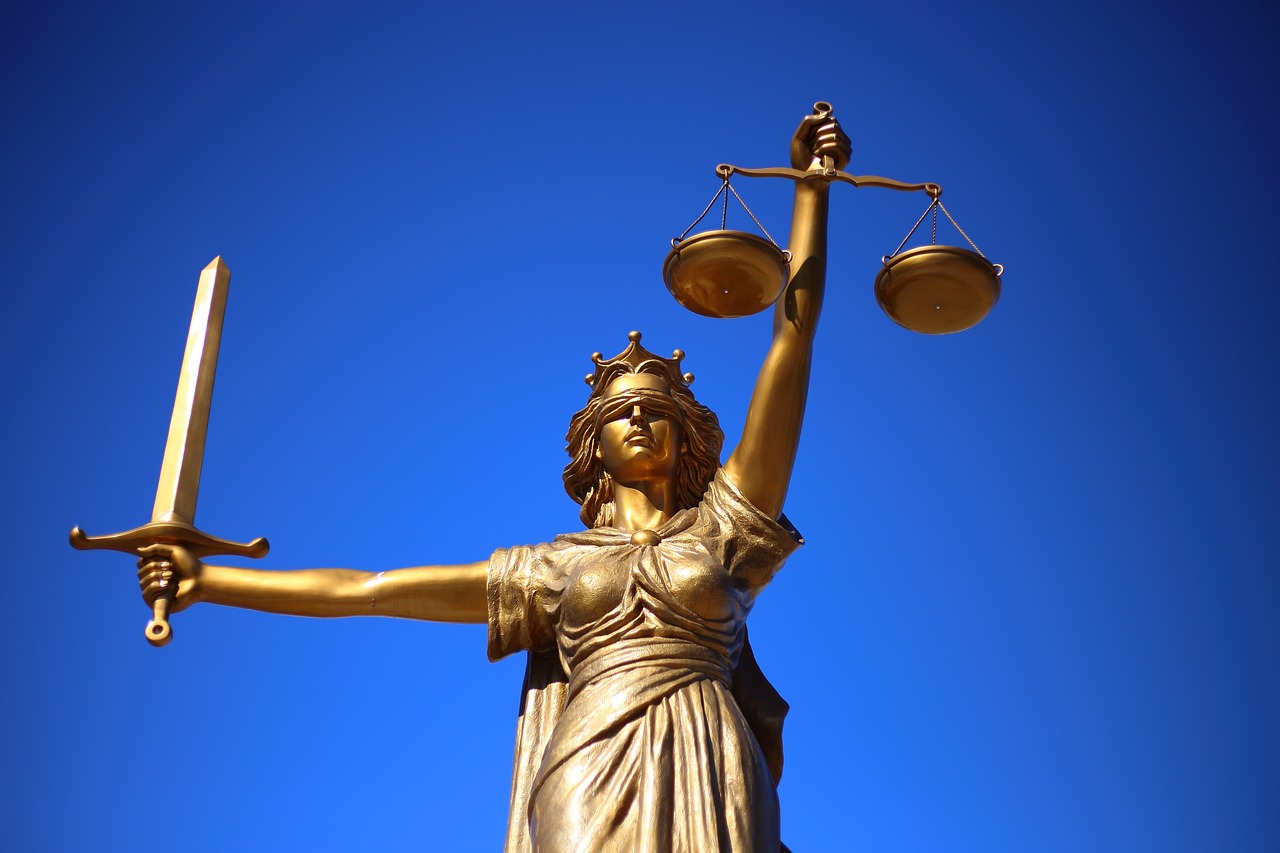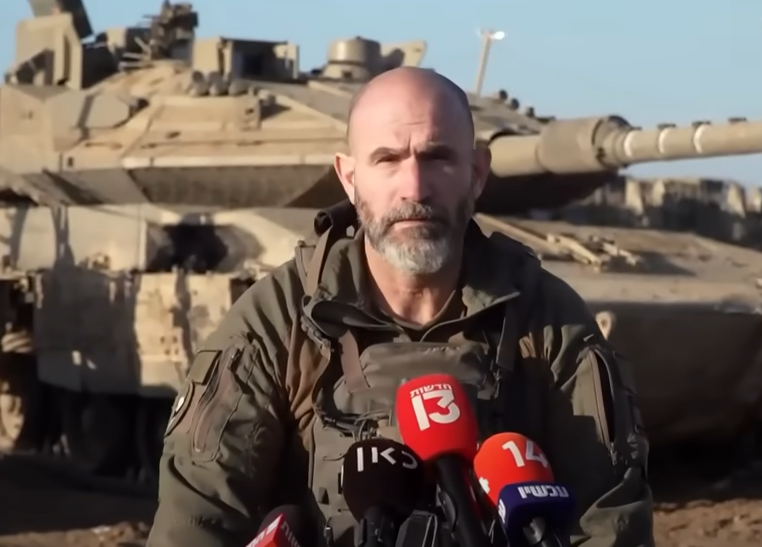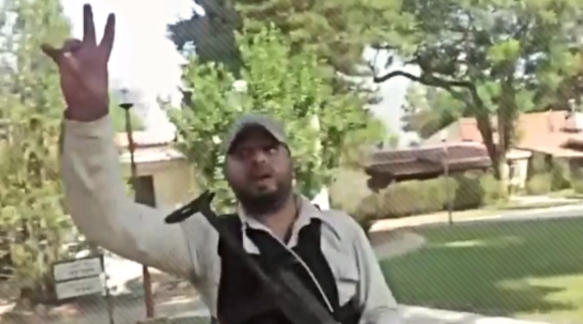Forced transfers and suppression: This is how the Ayatollah Regime uses the Israeli-Palestinian conflict to hide his own crimes.
Placing obstacles before Arabs trying to get jobs or buy land; Expropriation of all the land in the area and declaring it “state land” belonging to the Occupying Power; Forced population exchanges; Refusal to use Arabic as an official language in institutions • These are just a few of Iran’s actions toward the Arabs in the Iranian Al-Ahwaz region • While Iran is busy focusing the Arab spotlight on Israel, it is putting down Arab autonomist national movements by force • This is how the Ayatollah Regime uses the Palestinians for its own purposes
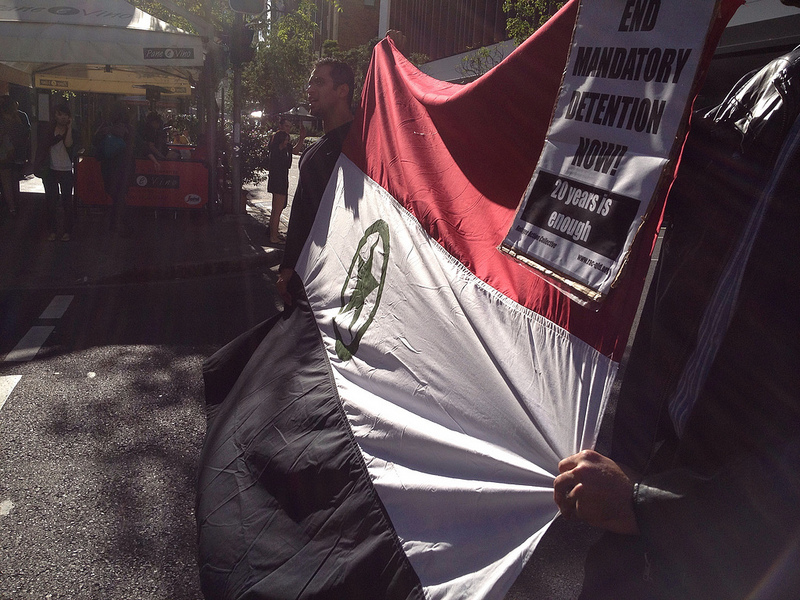
It’s an almost monthly ritual by now: an Iranian senior official convenes a press conference where he blasts the “Zionist entity” or speaks in favor of the “Palestinians’ rights and their just cause”. The latest of these was current Iranian president Hassan Rouhani, who stated during “Al-Quds Day” in Iran that “Israel is an old wound on the body of the Islamic ummah that needs removal”.
The uninformed reader might think that these sharp statements are spontaneous and momentary outbursts, but this is not the case here. These are a series of carefully planned actions, done systematically every one or two months according to Iranian internal needs as part of a sophisticated media manipulation meant to divert the attention of global and Arab opinion away from Iran’s unsolved land disputes with her Arab neighbors and towards the Israel-Arab conflict.
Suleiman Al-Aqili, head of the offices of the Saudi newspaper Al-Watan, provided a good explanation of Iran’s internal woes and meddling in neighbors’ affairs:
Although the Iranian house appears [made of] glass and fragile, the Iranian regime does not cease to intervene in their neighbor’s affairs. It infiltrates [their] cultural and media institutions, incites minorities, spreads sectorial views, establishes religious parties and sinks its claws into [Arab states’] internal politics.
Iran is not a single, solid bloc. About half its population is made up of dozens of minority ethnic groups, most of whom reside on Iran’s borders with neighboring countries. For instance, in northwest Iran are the Azeris near Azerbaijan; in the west are the Kurds on the border of Iraq and Turkey; in the southeast near Pakistan are the Balochis; in the northeast bordering Turkmenistan are the Turkemans; and in the southwest on the border of Iraq and the Persian Gulf – the Arabs of al-Ahwaz.
The ethnic minorities are concentrated in the country’s periphery, with yawning socio-economic gaps between them and the (Persian) center, gaps which breed feelings of discrimination among the former. After Khomeini’s Islamic Revolution (1979), ethnic groups raised demands for autonomy which were repeatedly rejected by the regime. More than that, the language of instruction in their schools is Persian; the authorities largely deny them the ability to learn in their mother tongue, this in spite of an explicit article in the Iranian constitution on the matter.
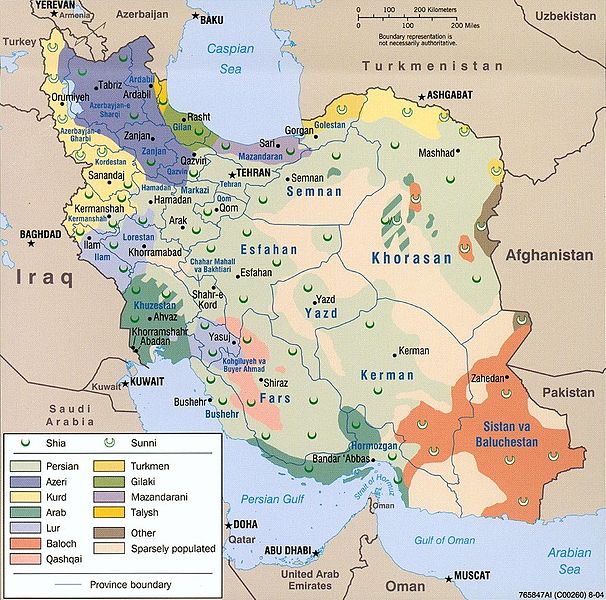
The Arab-Iranian Conflict
There are presently three ongoing Iranian-Arab disputes. The first revolves around three islands in the heart of the Persian Gulf: Abu Musa and Greater and Lesser Tunb. These islands have been under Iranian control since 1971, when it took them over by force before the British exit from the Gulf. The United Arab Emirates (UAE) claims ownership of these islands and later arrived at an agreement with Iran regarding joint administration of Abu Musa Island. In spite of this, Iran continues to systematically violate the agreement, even claiming that the UAE territory itself belongs to Iran, which it calls the “Jalfawa province”.
The disputes have not devolved into physical violence, but the diplomatic conflict has worsened to the point that in 2010 the UAE Foreign Minister made an unusually sharp statement on the matter, comparing the Iranian occupation with “the Israeli occupation of Arab lands”. In response, the Iranian Foreign Ministry Spokesman said that it is not proper for him to serve “Zionist interests”, but a few days afterward the UAE Foreign Minister repeated his demand that Iran end the occupation of the Arab islands. In a meeting with Abu Mazen in Ramallah he argued that Iranian behavior is “an obstacle to improvement of [Iranian] relations with the Arab world”.
Another conflict revolves around the island of Bahrain. Iran claims ownership of the island, as 70% of its inhabitants are Shiite including a large Persian community, and which is presently under the control of the Sunni-Arab tribe of Al-Khalifa. Iranian officials have called Bahrain “Iran’s 14th province” on a number of occasions. Iran agreed to withdraw its de-facto claim to ownership in 1971, but after the 1979 revolution the tension between the countries has risen.
Occupied Al-Ahwaz
The third and most important conflict for our purposes revolves around the Al-Ahwaz region, also known as Khuzestan, an area where half if not more of the 8 million inhabitants are Arabs. The province is located on Iran’s southwestern border with Iraq, is very rich in natural resources and is the source of 70-90% of Iran’s global oil exports.
The Ayatollah regime is making a great effort to take the Al Ahwaz issue off the media agenda. Nationalistic Arab organizations in this region, supported by Islamist bodies and even some Arab states, demand a separation from Iran and the establishment of either an independent Arab autonomy or a sovereign state. According to these organizations’ reports, the Iranian government resorts to tactics of threats, ethnic cleansing and the transfer of Persians to specially prepared cities – all to suppress their national aspirations.
There are a significant number of websites and movements in support of Arab political goals in the region, including the National Resistance of Al-Ahwaz, the Ahwaz Democratic Popular Front, Arabistan Al-Ahwaz, Al-Ahwaz Voice, Al-Ahwaz Forum, Ahwaz Parliament, Ahwaz News Agency and more.
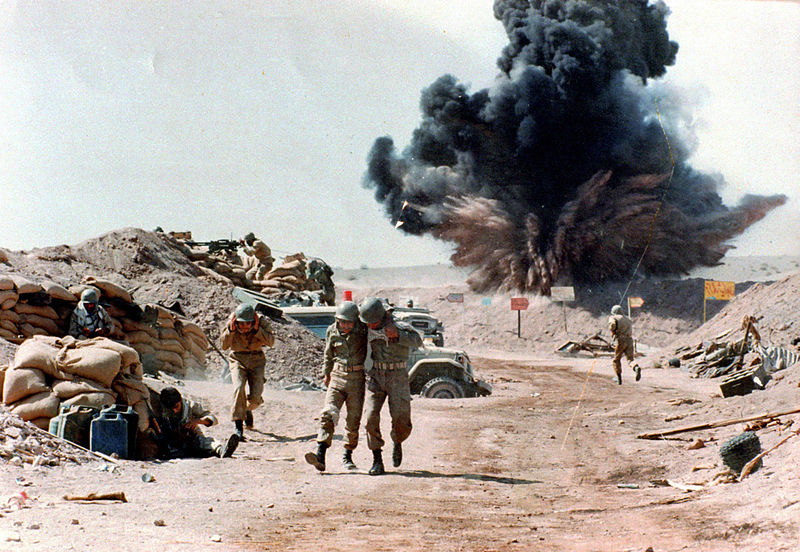
The Ahwaz Liberation Organization
‘The National Organization for the Liberation of Ahwaz’ published a 16-page document outlying their political program. A sharp-eyed reader will probably notice a great deal of similarity between the requirements, declarations and political demands of the Al-Ahwaz Arabs and those of the historical land of Israel. Here are the main points:
Al-Ahwaz has been an Arab land for thousands of years…it is the eastern edge of the Arab homeland…the Arabs of Ahwaz are the owners of this region and its borders are: the Kurdistan mountains in the north, the Zagros mountains in the east, the sea of Oman in the south and the Republic of Iraq to the west…history attests that the original name of the region is al-Ahwaz, even before Islam, while the other names Khuzestan…and Arabistan are nothing but foreign names imposed by Persian imperialism on the region.
The document attests to “methods of repression and persecution” which the Ayatollah regime is using against “the Arab Ahwazi nation” and protests their “racism towards the Arabs”. The huge efforts invested by the Ayatollah regime to erase the Arab presence in the region include, according to the document:
1. The abolition of instruction in Arabic in regional schools, the prohibition on speaking Arabic in official circles, compelling the use of Persian.
2. Prohibiting the use of traditional Arab garb (the dishdasha, the kefiya, the robe and the akal)
3. Placing obstacles before Arab employment and purchase of land, expropriation of all lands in the region and their declaration as “state lands” of the occupying power.
4. Granting benefits to Persians immigrating to the region and preferring them over Arabs.
5. Stealing regional water through the building of dams, diverting the water sources towards Persian areas, harming Arab agricultural areas and causing regional environmental damage.
6. Stealing fertile lands and bringing Persian settlers to benefit from them.
7. Changing regional city and place names to Persian.
8. Expulsion of regional Arabs to Persian areas, establishing settlements in their areas among them: “Shirin Shehar” and “Ramin”.
9. Forgery, theft, expropriation, theft and damage to historic and archaeological sites in Ahwaz.
10. A lack of courts in Ahwaz, and a prohibition on speaking Arabic in them.
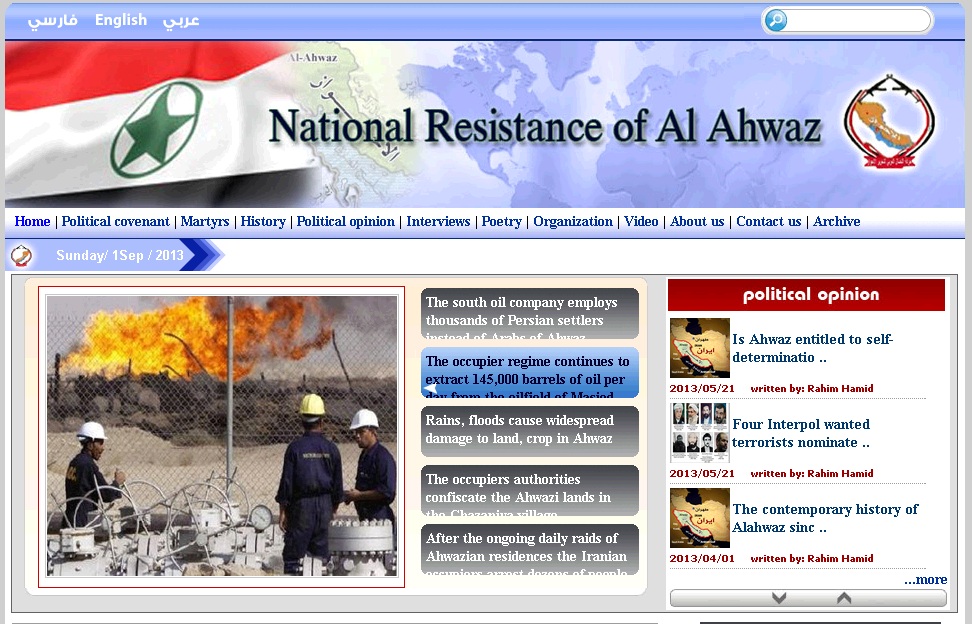
“The Zionist Entity” as opposed to “Persian Imperialism”
The Iranians may be starting to slowly lose control. Just recently, in protest against “the hostile attitude of the Iranian authorities towards the Arabic minority in the country”, Ahwazi activists blew up an oil pipeline in the region, in order to “economically harm” the regime. However, it doesn’t look like the Iranians are about to give up easily.
Although the Arab world does deal with the Al-Ahwaz issue, there are no BDS organizations calling to boycott Iran so long as independence and national expression continues to be denied to the persecuted Arabs. The next time an Iranian leader hurls insults against Israel, or “the Zionist entity” as it is known in the Iranian propaganda machine, we should remember that this is cheap propaganda, meant to divert media attention and silence those who would draw said attention to the less humane aspects of the Ayatollah regime. Predictably, Tehran even argues that Britain, Saudi Arabia and Israel are the ones behind what it calls “the unrest in Khuzestan” (al-Ahwaz).
When the Iranian goal is the promotion of the “Shiite crescent” in the short term and in the long term an Islamic Empire with Iran at its head, the Iranian accusations of colonialism and imperialism of the proverbial thief trying to distract the police and get away.
_______________
To receive updates on new articles in English, join Mida on Facebook or Twitter.

